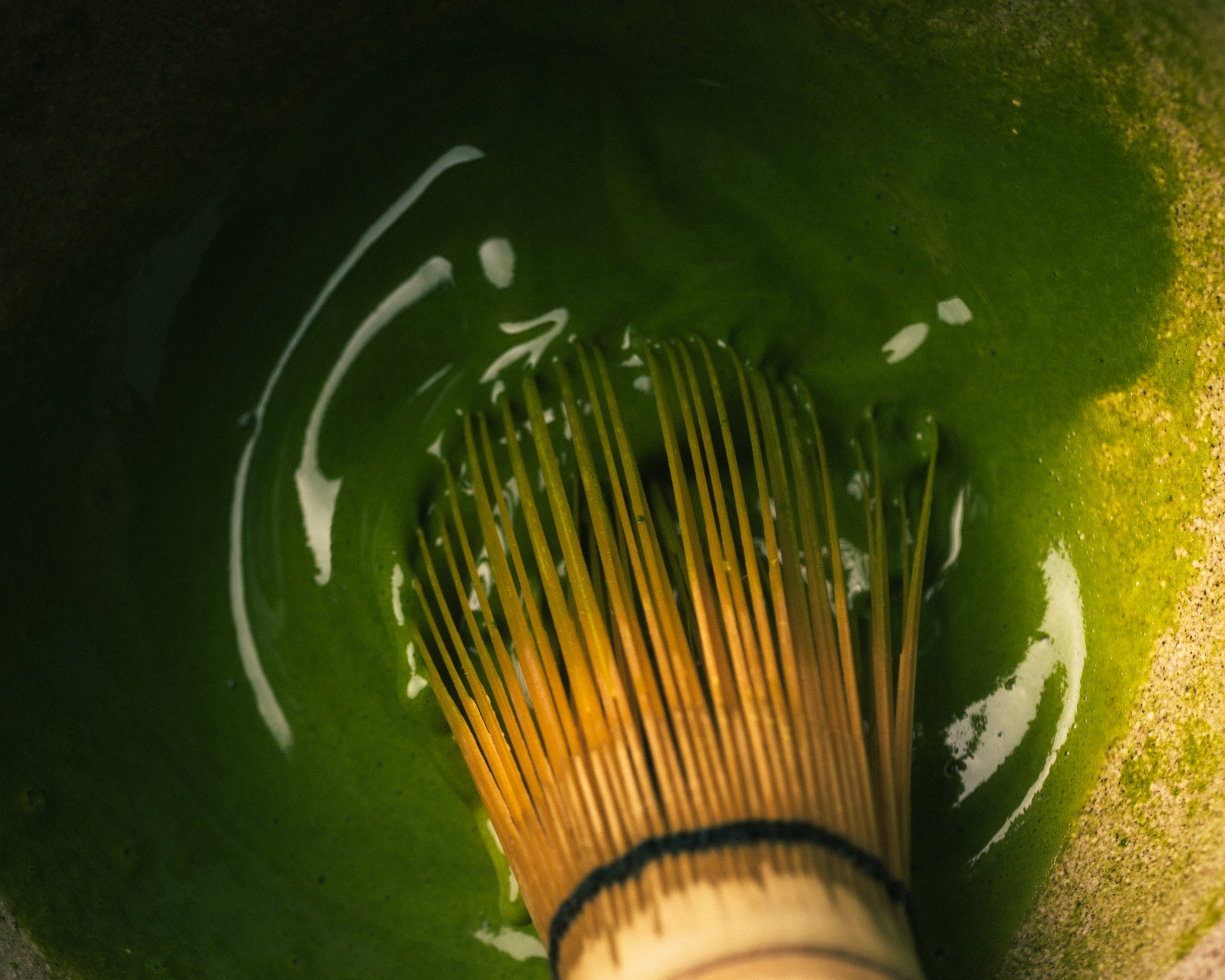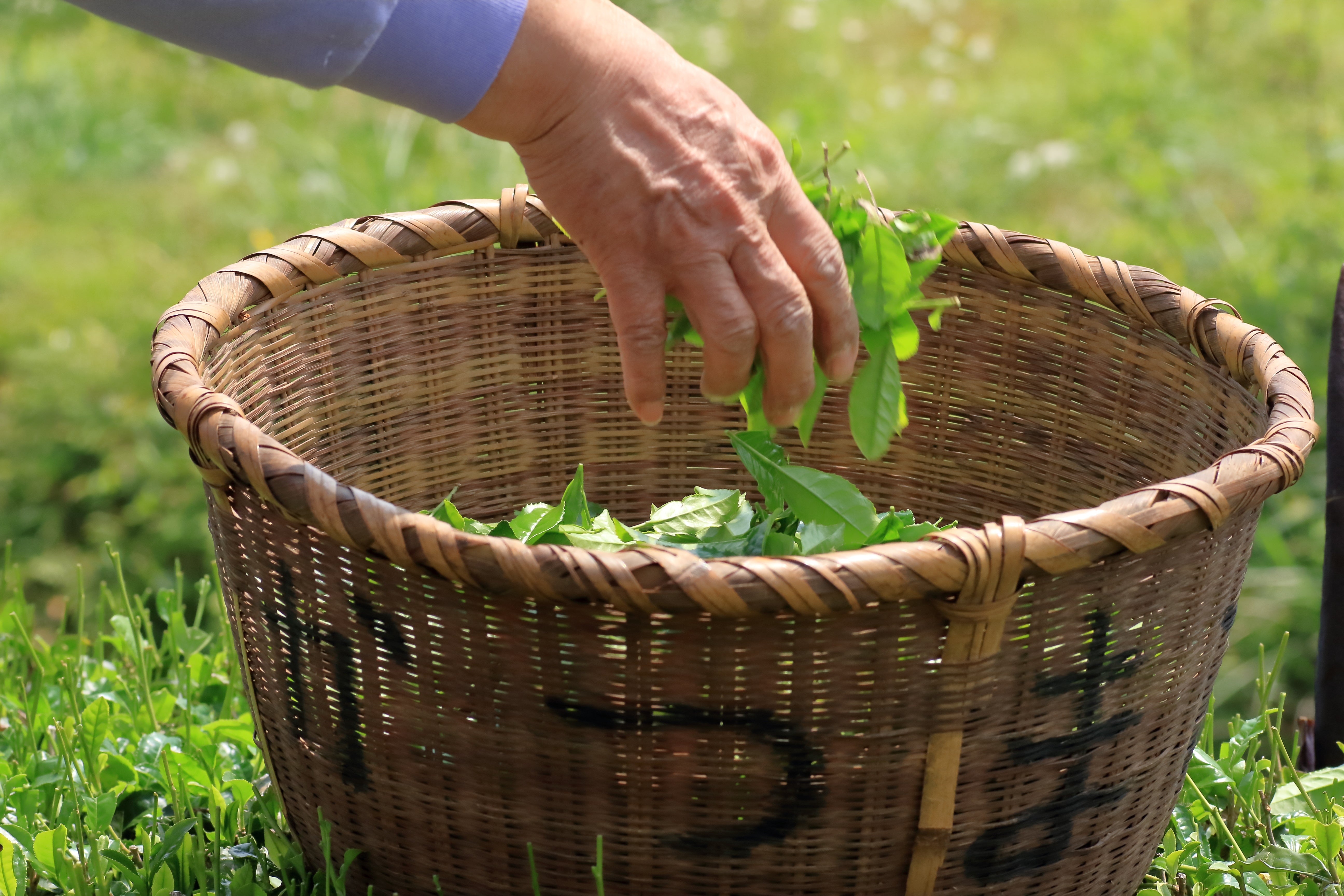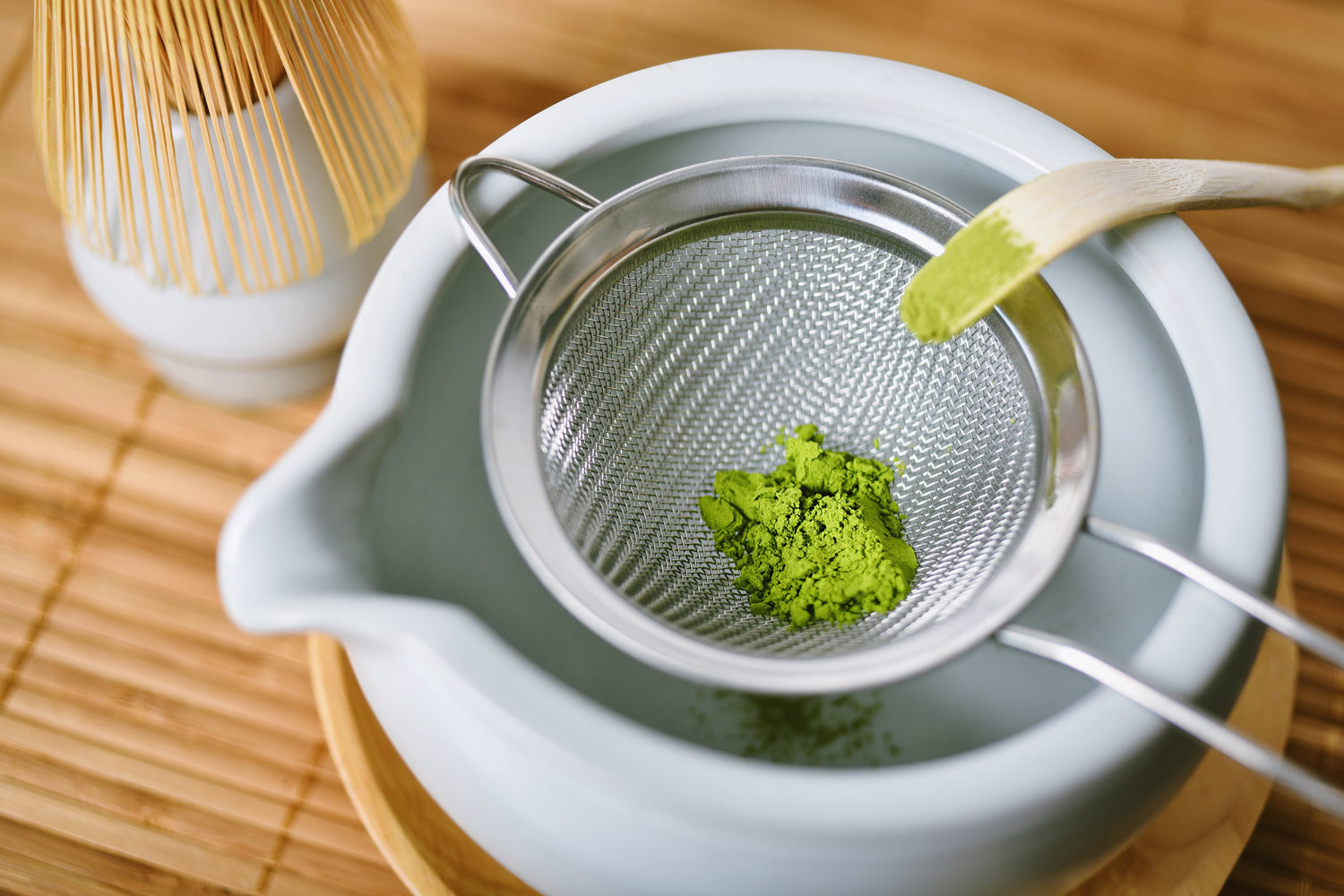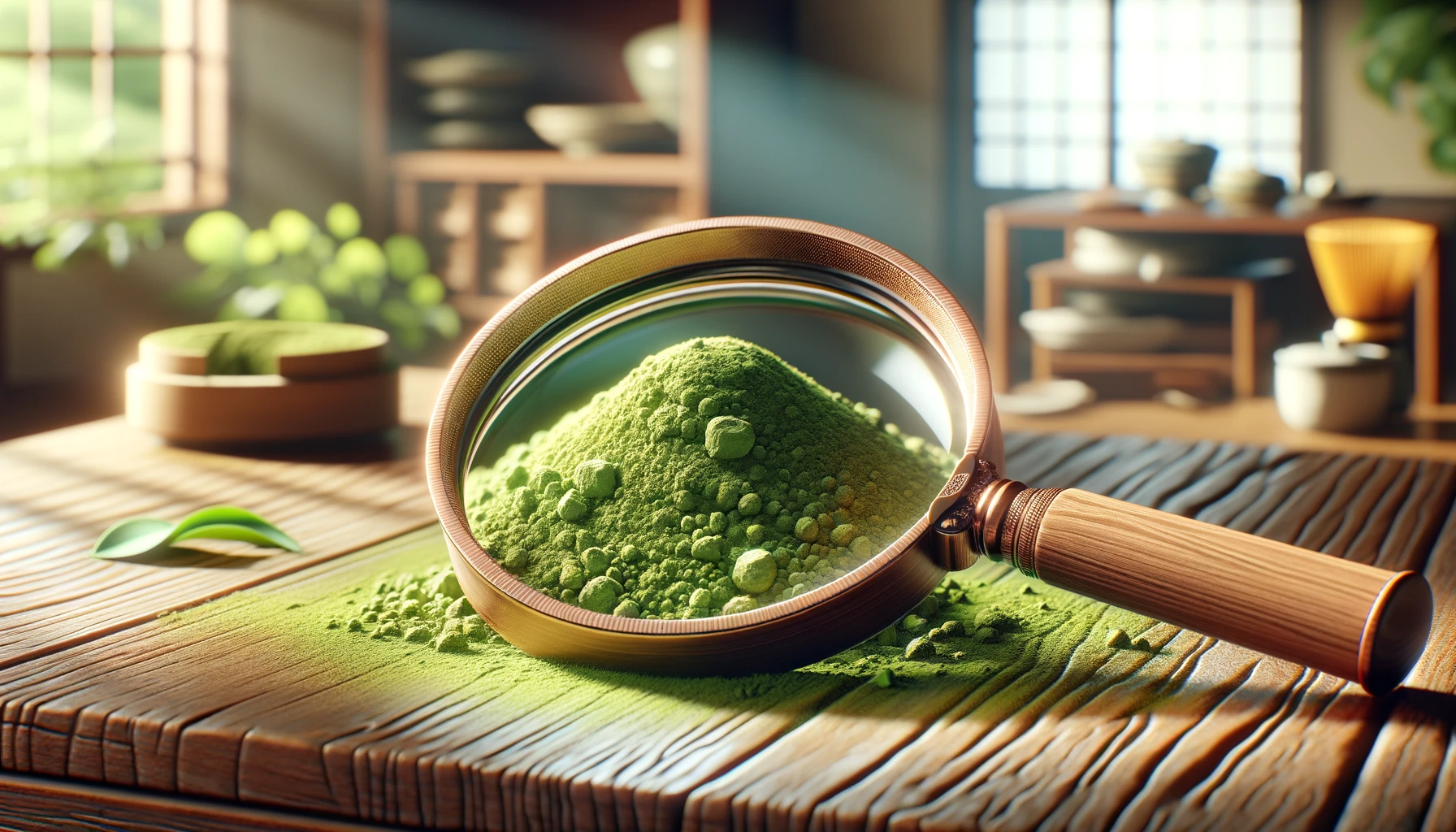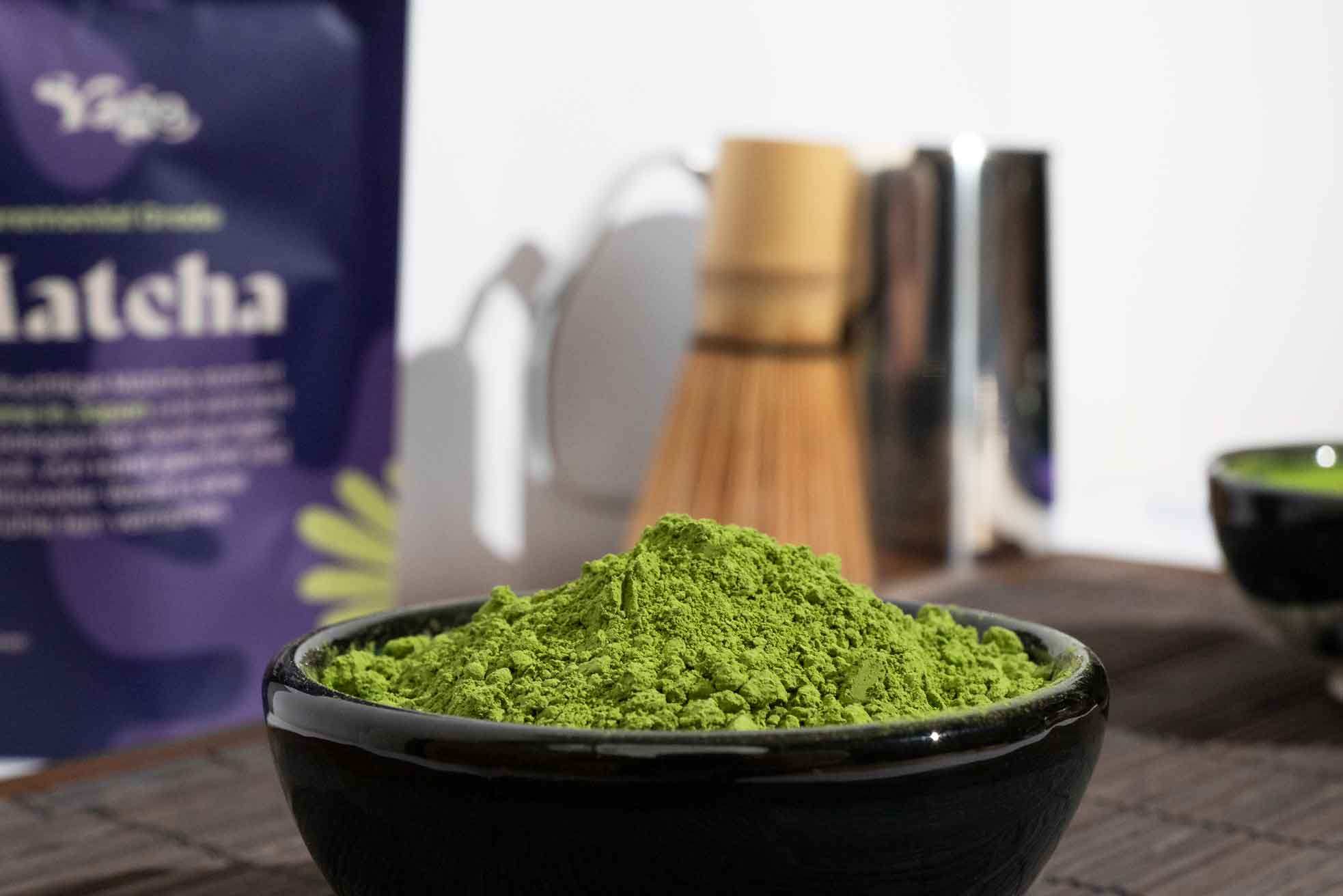Matcha is valuable and delicate, a traditional green tea from Japan that is appreciated not only for its rich taste and stimulating aroma but also for its health benefits.
With its centuries-old history, Matcha brings some traditions and things you should know. In this post, we will uncover the most common of these mistakes and show you how to master the art of Matcha preparation so you can enjoy your Matcha to the fullest.
1. Incorrect water temperature
A common mistake is using water that is too hot. Ideally, the water for preparing Matcha should be between 70 and 80 degrees Celsius. If the water is too hot, it can cause the Matcha to become bitter and lose its nutrients as well as its subtle flavor. The right temperature allows the Matcha to fully develop its aroma and achieve a harmonious balance between bitterness and sweetness.
If you don't have a kettle that shows the temperature, you can also mix boiling water with some cold water to lower the temperature.
By the way: If you sweeten your Matcha with honey, it is also important not to add the honey to the hot water, as it should not be heated too much.
2. The right amount
We recommend 1-2 g of Matcha powder for your perfect Matcha. Of course, this depends greatly on how strong you like your Matcha and whether you drink it pure or, for example, as a Matcha Latte.
It is best to use our measuring spoon, which measures 1 g. If you don't have a measuring spoon from us, you can also use a teaspoon. A level half teaspoon corresponds to approximately 2 g.
3. Clumps
Depending on the fineness of the Matcha powder, small clumps can form due to electrostatic attraction. This is by no means due to lower quality but is related to a finer grind. Our Ceremonial Signature Matcha, for example, is ground so finely that it forms clumps more frequently.
For this reason, you should sift your Matcha (e.g., with a tea strainer) before enjoying it. This ensures that no clumps form in the Matcha tea when pouring and whisking, which would lead to a more bitter taste.
4. Storage
To keep your Matcha's quality, proper storage is crucial. The most important thing is that the Matcha is stored airtight and protected from light and moisture to prevent oxidation or spoilage. Our bags can be resealed airtight even after opening. If you transfer your Matcha to a tin, make sure it has a screw cap with additional rubber sealing.
Matcha should also be stored cool, as biochemical processes in the tea slow down at low temperatures, thus slowing the natural decomposition of the tea's important components.
Make sure to consume your Matcha powder within three months after opening.
With these tips, you are now equipped to enjoy your Matcha optimally. Try one of our high-quality Organic Matchas from Japan today.


